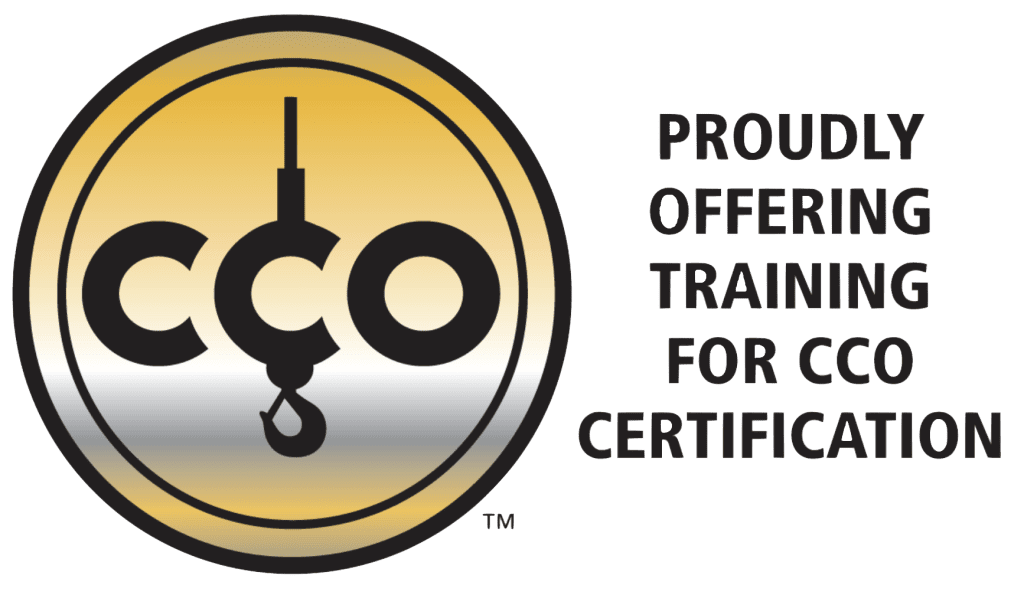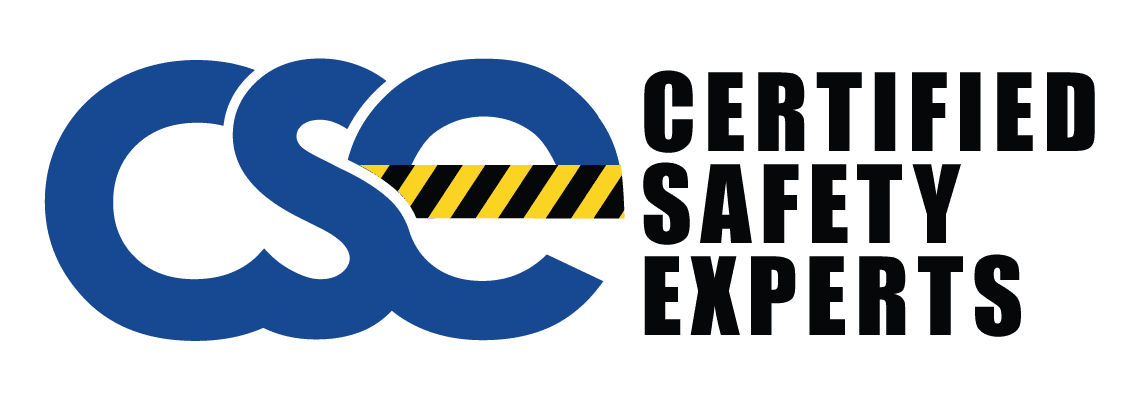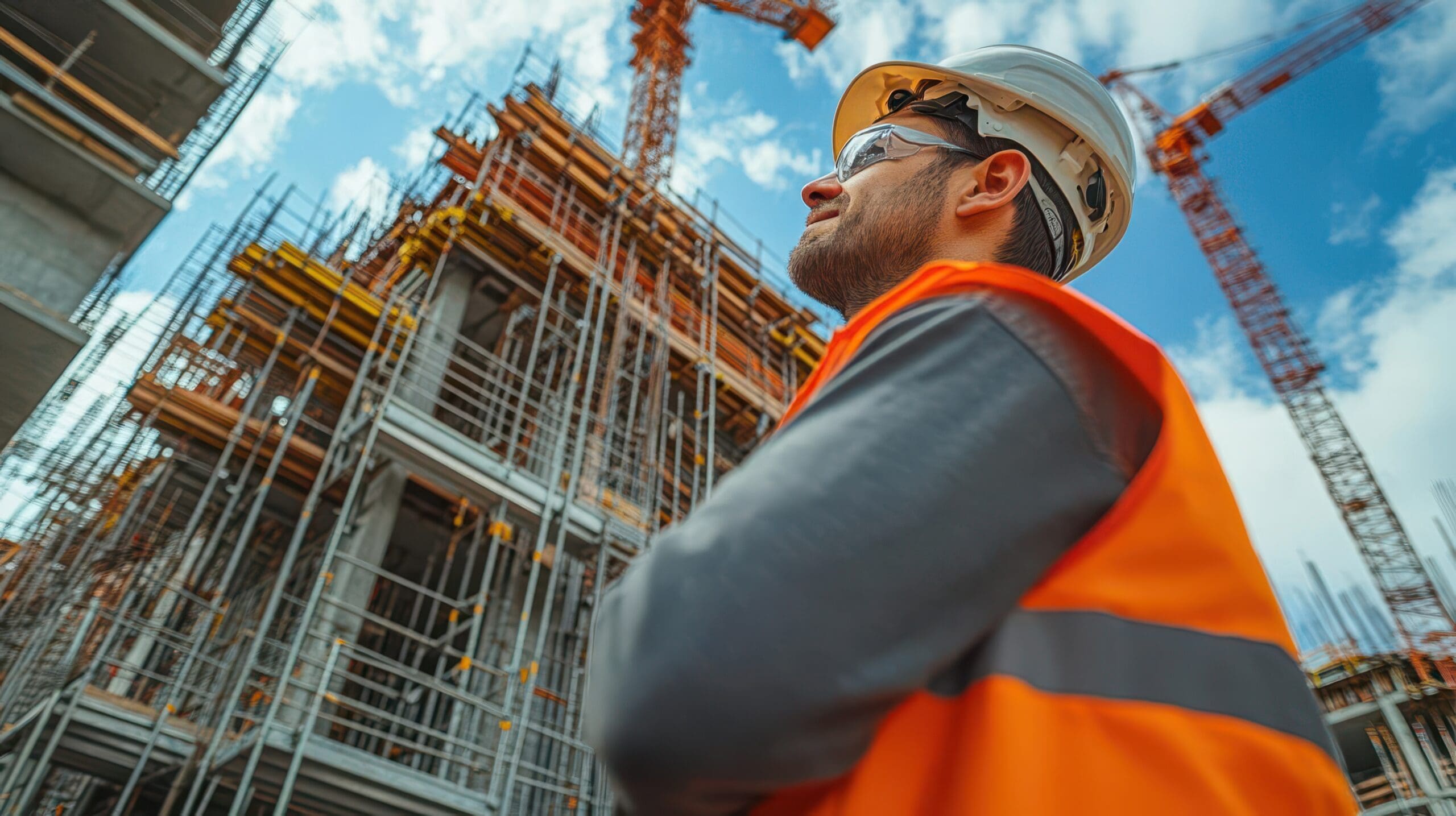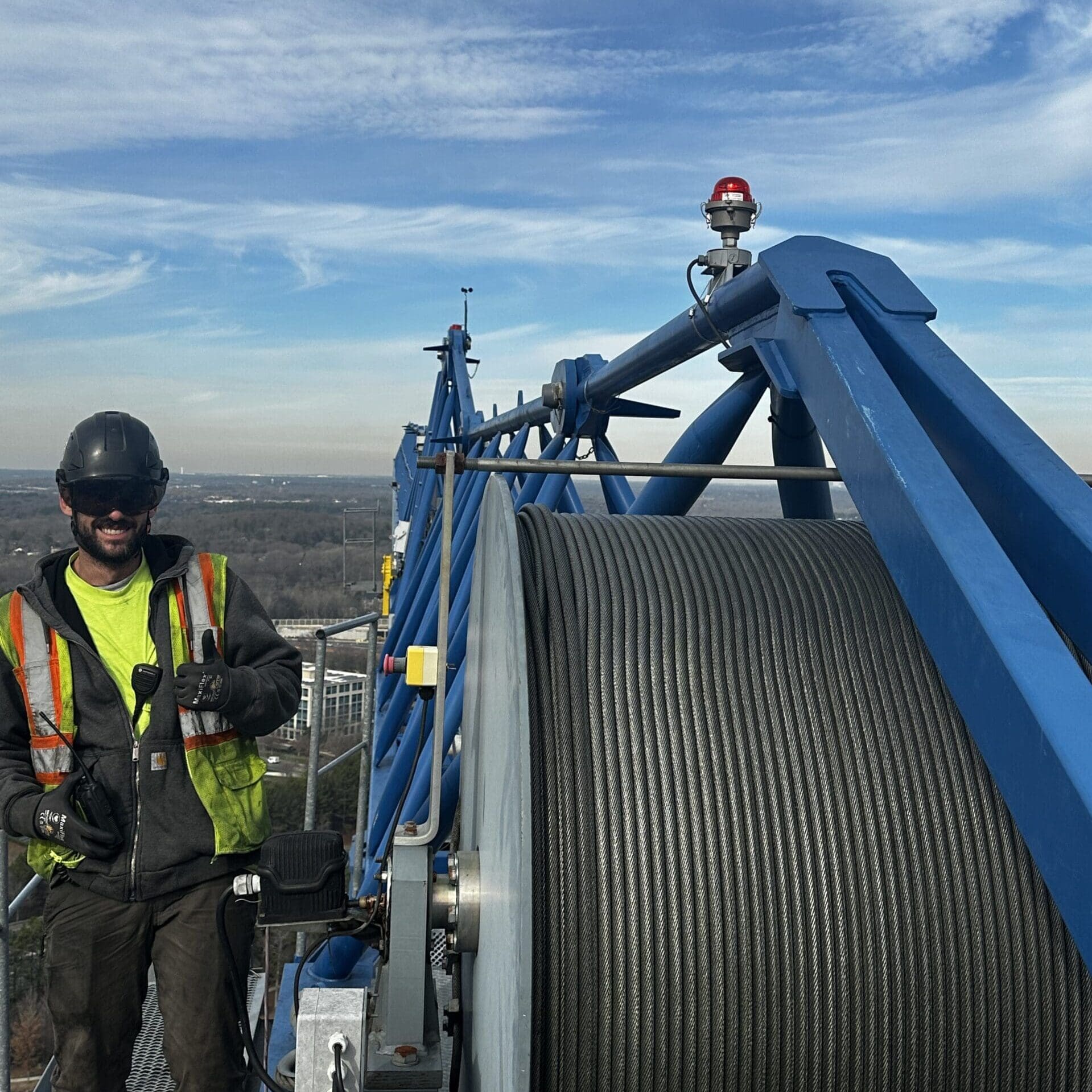So, you’ve got cranes on your job site and need to make sure they’re safe. It’s a big deal, right? Accidents happen, and nobody wants that. OSHA has rules about this, and knowing who should inspect a crane is part of keeping everyone safe and the project running smoothly. It’s not just about ticking boxes; it’s about making sure these massive machines don’t become a danger. Let’s break down who’s supposed to be looking these cranes over.
Key Takeaways
- OSHA says only qualified or competent people can inspect cranes. Sometimes, for bigger jobs, you need someone with specific certifications.
- A competent person can do daily checks and spot obvious problems. They know the crane and can fix minor issues or flag bigger ones.
- Qualified inspectors have formal training or lots of experience. They know the rules, the equipment, and how to write up what they find.
- Inspections aren’t a one-and-done thing. New cranes, altered cranes, cranes that have been sitting around, and cranes used every day all have different inspection schedules.
- Sometimes, you might need an outside inspector. They offer a neutral look at your crane’s condition, which can be really important for certain projects or just for peace of mind.
Understanding OSHA’s Requirements for Crane Inspectors
When it comes to keeping cranes safe on the job, OSHA has some pretty clear rules about who’s allowed to do the inspecting. It’s not just anyone with a hard hat; there are specific qualifications and roles that need to be met to make sure these massive machines are up to snuff.
Defining a Qualified Crane Inspector
OSHA defines a qualified crane inspector as someone who can spot and fix problems with cranes. This person needs to have a solid background, either through formal training or just a lot of hands-on experience. They need to know their way around crane parts and understand what could go wrong. Think of them as the crane whisperers – they know what to look for.
The Role of a Competent Person in Crane Inspections
Then there’s the competent person. This is someone on your team who can identify hazards related to crane use and has the authority to fix them or stop work if needed. Often, crane operators themselves can be competent persons for daily checks. They’re the first line of defense, spotting issues before they become big problems.
Employer Responsibilities in Designating Inspectors
As an employer, it’s your job to make sure the right people are doing the inspections. You have to pick someone who knows cranes inside and out and give them the go-ahead to address any safety concerns they find. This means you can’t just point to anyone; you need to actively choose and empower someone to be responsible for crane safety checks.
Who is Qualified to Inspect a Crane?

Individuals with Formal Training and Experience
When it comes to who can inspect a crane, OSHA says it needs to be someone who knows their stuff. This usually means they’ve had some formal training or have spent a good chunk of time working with cranes, fixing them, or servicing them. Think of it like needing a mechanic who actually knows how cars work, not just someone who’s seen a car before. They need to understand the nitty-gritty of how cranes operate and what can go wrong. It’s not just about spotting a loose bolt; it’s about understanding why that bolt is loose and what that means for the whole machine.
The Importance of Crane Manufacturer Association Standards
Different crane manufacturers and associations, like the Crane Manufacturers Association of America (CMAA), often have their own specific guidelines. These can be even more detailed than the general OSHA rules. For instance, CMAA might say an inspector needs at least 2,000 hours of hands-on experience. They also need to know all the federal, state, and local safety rules, plus understand the design and safety codes related to cranes. It’s a lot to keep track of, but following these standards helps make sure the inspection is really thorough. Companies that want to be extra safe often look to these industry-specific standards to guide their inspection processes. You can find more details on what these organizations require by looking into crane inspection services.
Recognized Degrees and Certifications for Inspectors
So, what kind of paper trail shows someone is qualified? Well, having a degree in a related engineering field can certainly help. But more directly, specific certifications are a big deal. Many inspectors get certified through various programs that test their knowledge of crane safety and operation. Sometimes, a registered professional engineer who knows a lot about cranes can also do the job. Basically, you’re looking for someone who can prove they have the knowledge and skills to spot problems and figure out how to fix them, whether that’s through schooling, hands-on work, or official certifications. It’s about having the confidence that the person looking over your crane really knows what they’re doing.
The Competent Person’s Role in Daily Crane Checks
Alright, let’s talk about the daily checks for cranes. These aren’t the super-detailed, by-the-book annual inspections, but they’re just as important for keeping things safe on the job site. Think of it as the quick once-over before you start your engine, so to speak.
Identifying and Correcting Worksite Hazards
The main job here is for a competent person to spot anything that looks off. This means they need to know what a crane is supposed to look like and how it should operate. They’re looking for obvious problems – maybe a loose bolt, a frayed wire rope, or a hydraulic leak. If they see something wrong, they have the authority to stop work until it’s fixed. It’s all about preventing accidents before they even have a chance to happen. It’s not just about the crane itself, but also the area around it. Is there anything that could get in the way or cause a problem? That’s part of the daily check too.
Crane Operators as Competent Persons
Often, the crane operator themselves is the best person to do these daily checks. Who knows the machine better than the person who uses it every single day? They’re in the cab, they’re operating the controls, and they can usually feel or hear if something isn’t quite right. It’s a big responsibility, but it’s also a smart way to catch issues early. They’re not expected to be certified inspectors, but they do need to know what to look for and have the authority to report problems.
Daily Visual Inspections and Documentation
So, what exactly gets checked? It’s a visual inspection, mostly. You’re looking at things like:
- The wire rope for any kinks or broken strands.
- The hook and its safety latch.
- The hoist chains.
- The brakes and other operating mechanisms.
- The controls and how they respond.
- Any safety devices, like limit switches.
- Tires or outriggers, depending on the crane type.
While OSHA doesn’t strictly require documentation for these daily checks, it’s a really good idea to have a checklist. It helps make sure nothing gets missed. Plus, having a record, even a simple one, can be helpful if something does go wrong down the line. It shows you were doing your due diligence. You can find good checklists online or from crane manufacturers to help guide these checks, and it’s a good idea to keep up with manufacturer’s specific guidelines for your equipment.
It’s easy to think of these daily checks as just another task to get through, but they’re really the first line of defense in crane safety. A few minutes spent looking closely can prevent a major incident. It’s about being proactive, not reactive, and that’s what keeps everyone on site safe. Remember, even if the crane passed its daily check, operators should remain vigilant during operation, as some issues only show up when the crane is actually moving loads. For more on inspection schedules, you might want to look into annual crane inspections.
When Crane Inspections Are Mandated
Initial Inspections for New or Altered Cranes
Before a crane even gets to lift its first load on a job site, it needs a thorough once-over. This applies not just to brand-new cranes but also to any crane that’s had significant changes made to it. Think of it like getting a car inspected after you’ve swapped out the engine you want to make sure everything is put back together correctly and safely. This initial inspection is usually done by a qualified person, someone who really knows their stuff about cranes and can spot potential issues that might not be obvious. It’s all about making sure the crane is ready to go and meets all the safety standards right from the start.
Frequent and Periodic Inspection Schedules
Cranes aren’t static pieces of equipment; they work hard, day in and day out. Because of this, they need regular check-ups. OSHA lays out different schedules for these inspections. You’ve got your daily visual checks, which are usually handled by a competent person, often the crane operator. Then there are more in-depth inspections that happen periodically. The frequency of these periodic inspections depends on how much the crane is used and the type of work it’s doing. It’s like taking your car in for oil changes and then a bigger service every so often. Keeping up with these schedules is non-negotiable for safety.
Inspections for Idle or Decommissioned Cranes
What happens when a crane isn’t being used? You might think it’s fine, but even sitting idle can cause problems. If a crane has been out of commission for three months or more, it needs a specific inspection before it can be put back into service. This is to check for any degradation or issues that might have cropped up while it was just sitting there. It’s a bit like checking on stored equipment to make sure it hasn’t rusted or developed other problems. This ensures that when it’s time to work again, it’s safe to do so.
Engaging Third-Party Inspectors for Comprehensive Assessments

Sometimes, you just need a fresh set of eyes on your crane operations, right? That’s where bringing in outside help, like third-party inspectors, really shines. These folks aren’t tied to your day-to-day grind, so they can offer a really neutral look at everything. It’s like having a specialist come in to make sure your crane is not just running, but running safely and up to snuff with all the rules.
Benefits of Neutral and Independent Inspections
When you have someone from outside your company looking at your crane, they’re not worried about production schedules or internal politics. Their only job is to check the crane against safety standards and manufacturer guidelines. This independence means they can be more objective, pointing out issues that an in-house person might overlook or feel pressured to downplay. It’s all about getting an honest assessment to keep everyone safe.
When Third-Party Inspectors Are Essential
There are definitely times when you absolutely need an outside inspector. If you’re working on a government project or a big public contract, they often require inspections from an independent source. Also, for those really big, complex cranes, or if your crane has had a major repair or modification, bringing in a third party is a smart move. They have the specialized knowledge to catch things that might be missed otherwise. It’s a good idea to have these inspections documented, and you should keep records for at least three months, as per OSHA requirements.
Services Offered by Specialized Inspection Bureaus
These specialized bureaus do more than just look at your crane. They often provide a whole package of services. This can include detailed visual checks of all the critical parts – think ropes, hooks, structural bits, and the like. They’ll also do functional testing to see how the crane operates under load. Plus, they’ll review the manufacturer’s specific guidelines for your particular crane model, which is super important because every crane is a bit different. They’ll give you a full report detailing their findings, which is what you need for your records and for compliance.
Key Components of a Thorough Crane Inspection
Reviewing Manufacturer’s Specific Guidelines
Every crane is a bit different, right? That’s why starting with the manufacturer’s own instructions is a big deal. These manuals lay out exactly what the maker recommends for keeping their equipment in good shape. OSHA says you have to follow these if they’re more detailed than the general rules. It’s like getting the inside scoop on how to best care for your specific machine. You’ll want to check things like lubrication points, recommended adjustments, and any special checks they suggest for their particular design. It’s a good idea to keep these manuals handy and refer to them often. You can find more details on what to look for on specific crane parts at crane component inspection.
Conducting Detailed Visual Checks of Critical Parts
This is where you really get down to business. You’ll be walking around the crane, looking closely at everything. Think about the hook, the boom, the wire ropes, and the structural bits. You’re looking for anything that seems off – cracks, rust, bent parts, or just plain wear and tear. It’s important to have a checklist to make sure you don’t miss anything. Some common things to watch out for include:
- Wire Ropes: Check for broken wires, kinks, or excessive wear.
- Hook: Look for cracks, distortion, or wear on the throat opening.
- Structural Members: Inspect for dents, cracks, corrosion, and loose bolts.
- Hydraulic Systems: Keep an eye out for leaks, damaged hoses, or worn fittings.
- Brakes and Controls: Make sure they are functioning smoothly and without issue.
A thorough visual check isn’t just about spotting obvious damage; it’s also about noticing subtle changes that could become bigger problems later on. Paying attention to these details can prevent serious accidents.
Functional Testing of Crane Operations
After you’ve done the visual checks, it’s time to see how the crane actually works. This means running it through its paces. You’ll want to test out all the movements: hoisting, lowering, swinging, and extending or retracting the boom. Make sure everything moves smoothly and responds correctly to the controls. You’re checking for any strange noises, jerky movements, or if the crane struggles to perform its functions. This part is really about confirming that the crane is not only visually sound but also mechanically ready to do its job safely. It’s a good way to catch issues that might not be apparent just by looking.
Wrapping Up Crane Safety
So, keeping cranes in good shape is a big deal. It’s not just about following rules; it’s about making sure everyone goes home safe at the end of the day. Remember, a competent person can handle the day-to-day checks, but for the more thorough annual inspections, you’ll need someone qualified, maybe even certified. Don’t cut corners here. A little effort in regular inspections can save a lot of trouble, like accidents or costly repairs down the line. Stay safe out there!
Frequently Asked Questions
Who is allowed to inspect a crane according to safety rules?
In the U.S., OSHA says that only people who are “qualified” or “competent” should check cranes. A qualified person has special training or lots of experience to spot and fix crane problems. A competent person can spot dangers and is allowed to fix them right away. Sometimes, a crane operator or a supervisor can be the competent person.
Can a crane operator perform daily inspections?
Yes, crane operators can be the “competent person” for daily checks. They know the crane well and can spot problems before starting work. They need to be able to identify hazards and have the authority to fix them or stop the crane from being used if it’s unsafe.
When do cranes need to be inspected?
Cranes need checking right when they are new or after they have been changed. Also, they need regular checks. These are called “frequent” checks, which happen often (like daily or monthly), and “periodic” checks, which happen less often (like yearly). Cranes that haven’t been used for a while also need checks before they’re used again.
What makes someone a “qualified” crane inspector?
A “qualified person” is someone who has learned a lot about cranes through school or has worked with them for a long time. They know how to find and solve any issues. This could be someone with a special certificate, an engineer who knows about cranes, or someone from a company that specializes in checking equipment.
How often should cranes be inspected?
It’s a good idea to have someone check the crane every day before it’s used. This is a “frequent inspection.” Then, there are “periodic inspections” that happen every few months or once a year, depending on how much the crane is used and where it’s located. These look at the crane more closely.
What are the main things to check during a crane inspection?
When inspecting a crane, you should always look at the instructions from the company that made the crane. Then, do a careful visual check of all the important parts, like the cables, hooks, and the crane’s structure. Make sure everything looks okay and isn’t worn out or damaged. You also need to test if the crane works correctly.
